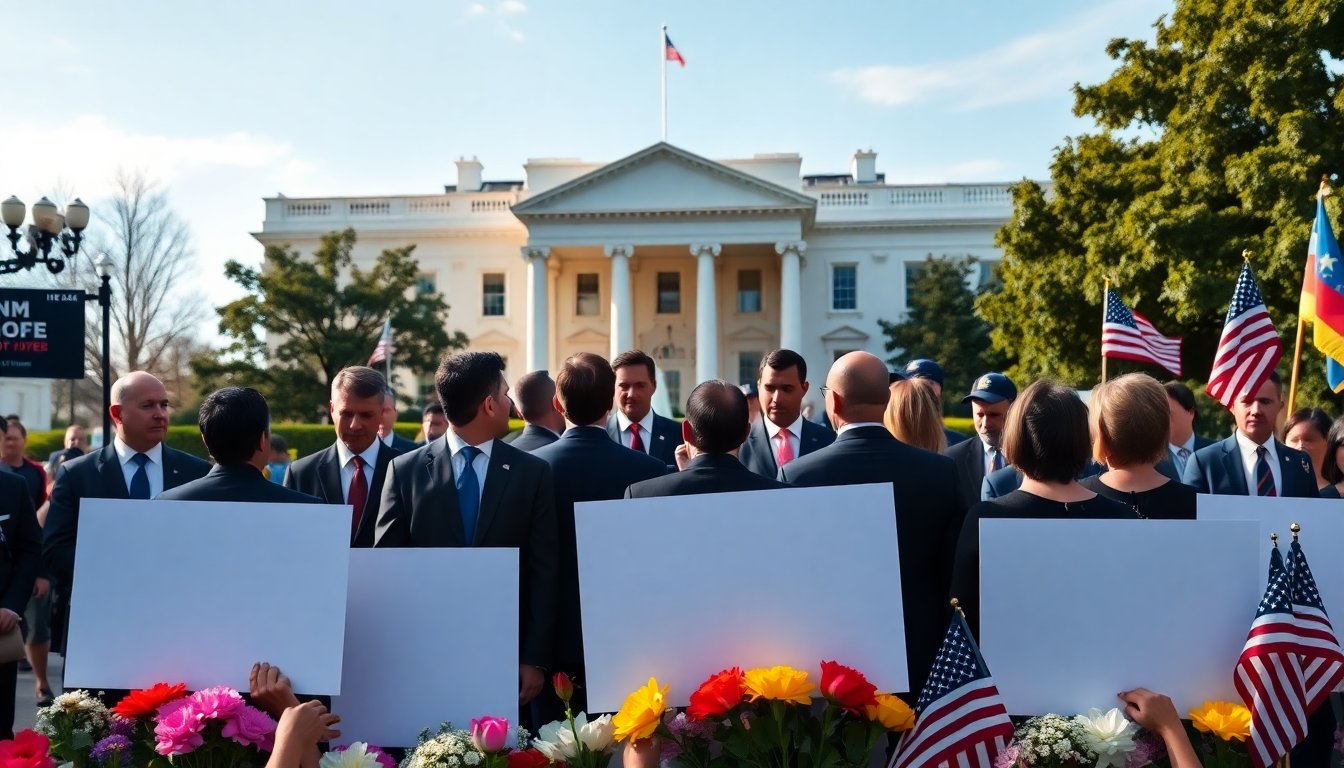Table of Contents
The political landscape is evolving as Representative Eric Swalwell of California makes headlines in the lead-up to the 2028 presidential election. He recently used social media to assert that any Democratic contender seeking the party’s nomination must pledge to dismantle President Donald Trump’s newly proposed ballroom in the White House. This bold demand transcends mere architectural concerns; it represents a significant ideological struggle within the party.
Swalwell’s ultimatum for Democratic candidates
Representative Eric Swalwell recently issued a strong message on X, stating, “Don’t even think of seeking the Democratic nomination for president unless you pledge to take a wrecking ball to the Trump Ballroom on DAY ONE.” This statement emphasizes his expectation that candidates should embody the party’s fundamental values and actively work to dismantle the legacy of former President Donald Trump.
While Swalwell’s office has not elaborated on his comments, the message is clear: he seeks to unite Democratic voters behind a common purpose. This call to action reflects a desire for a decisive and bold approach in the face of political challenges.
The ballroom project: a significant development
The proposed ballroom, projected to cost $250 million, will be financed by Donald Trump and private donors. This initiative marks the first time the White House will feature a formal ballroom, taking the place of the East Wing, which has sparked controversy among Democratic lawmakers. As construction advances, many perceive this project as a symbol of Trump’s enduring impact on American politics.
In late July, Karoline Leavitt, the White House press secretary, detailed the project. She stated that the ballroom would host around 650 guests while preserving the classical aesthetic characteristic of the White House. The justification for this addition lies in the need for a dedicated venue to welcome dignitaries and international leaders, thereby reducing reliance on temporary structures that have previously disrupted the grounds.
Trump’s renovations: a broader vision
Renovations made by Donald Trump to the White House encompass more than the ballroom. His administration has added extravagant gold accents in the Oval Office and Cabinet Room. A new monument, referred to as the Arc de Trump, has also been introduced. This structure features a walk of fame showcasing portraits of former presidents, including a notable representation of President Joe Biden’s autopen signature.
Additionally, enhancements to the Rose Garden include two striking 88-foot flagpoles. Each of these modifications illustrates Trump’s distinctive presidency, merging personal branding with national heritage. These changes have sparked controversy among Democrats, who view them as an intentional alteration of the White House’s historical integrity.
The Democratic field for 2028
As Eric Swalwell calls for action, he is not alone in considering a presidential run in 2028. Kamala Harris, the former vice president, has signaled her openness to another campaign. In a recent interview with the BBC, she expressed her belief that a woman will soon occupy the presidency, and hinted that she might be that leader. Harris reaffirmed her dedication to public service, stating, “I am not done,” which suggests her ambitions for the upcoming election cycle.
Political maneuvering is already in motion among various Democrats eyeing the 2028 nomination. Prominent figures such as California Governor Gavin Newsom and Kentucky Governor Andy Beshear are actively engaging with voters in key states. With approximately 30 high-profile Democrats potentially entering the primary race, the competition is expected to be intense.
Implications for the Democratic Party
Representative Eric Swalwell’s strong stance on dismantling Trump’s influence reflects the significant ideological divides within the Democratic Party. His demand acts as a litmus test for future candidates, highlighting the necessity for a unified front against what many view as the persistent impact of Trumpism. As the election cycle approaches, the party faces the challenge of rallying behind a candidate capable of effectively confronting the former president’s legacy.
With the 2028 election season on the horizon, candidates’ responses to Swalwell’s challenge may define the Democratic Party’s identity. Addressing Trump’s lasting architectural and political imprint on the White House will likely remain a crucial issue as contenders strive to resonate with a base seeking substantial change.


